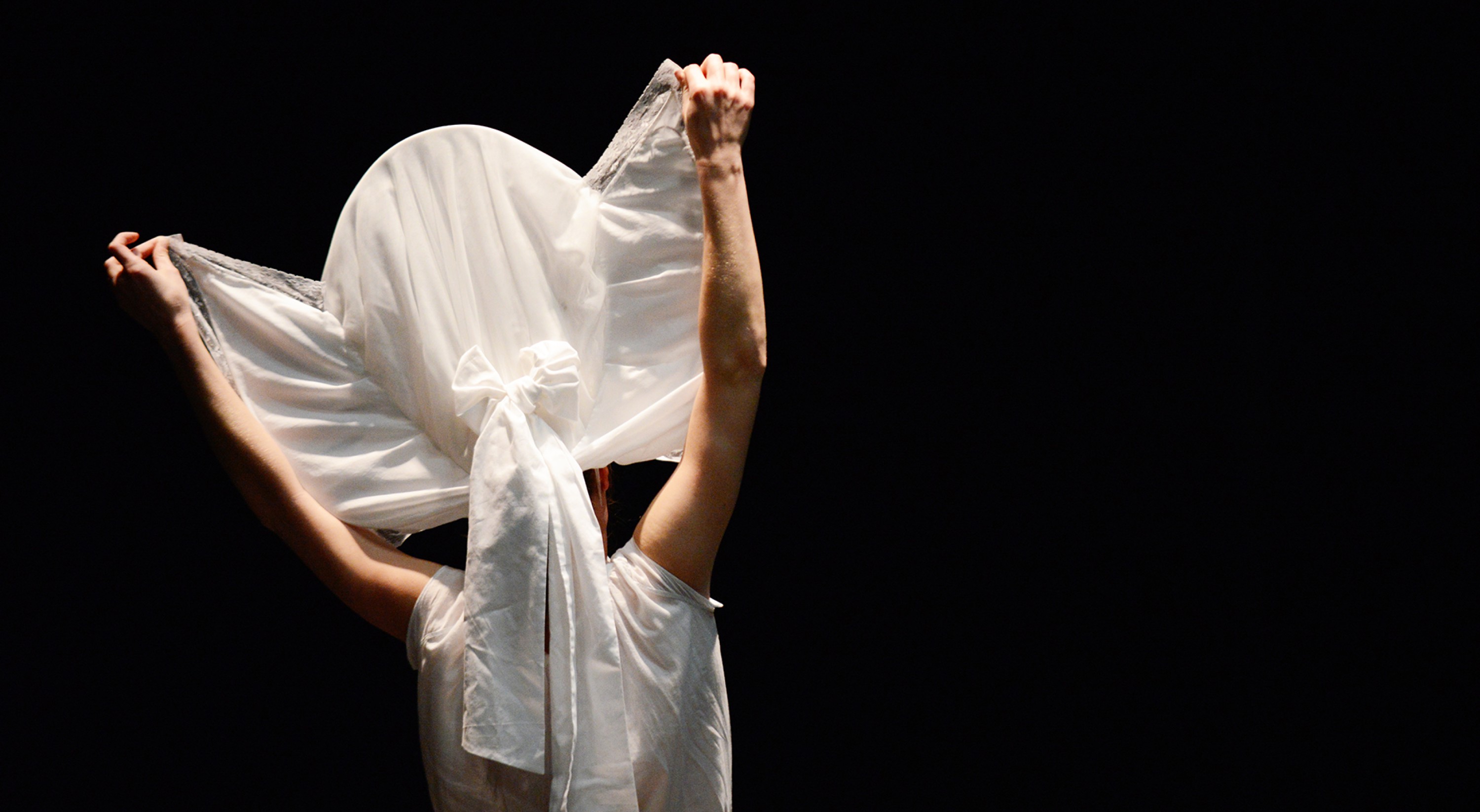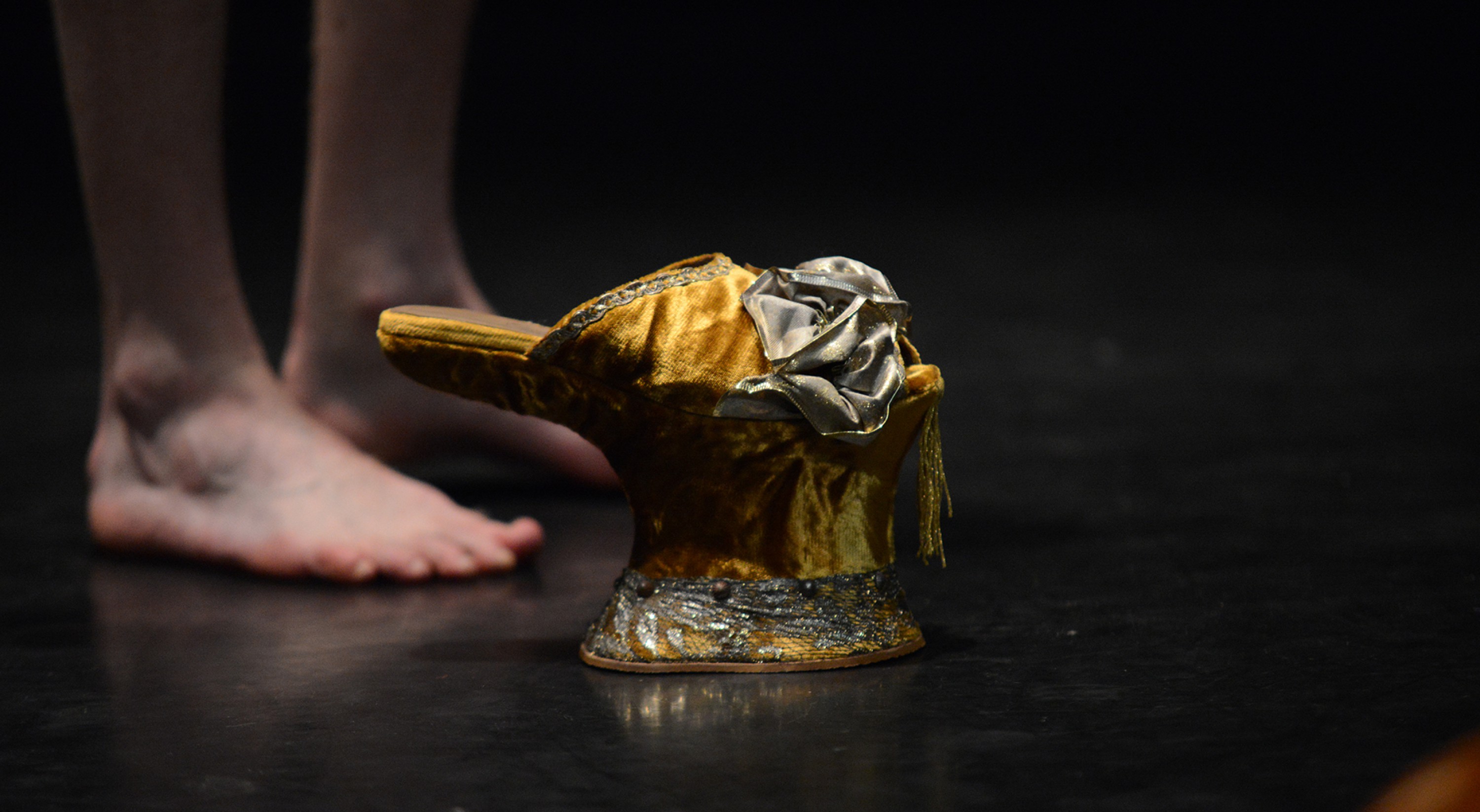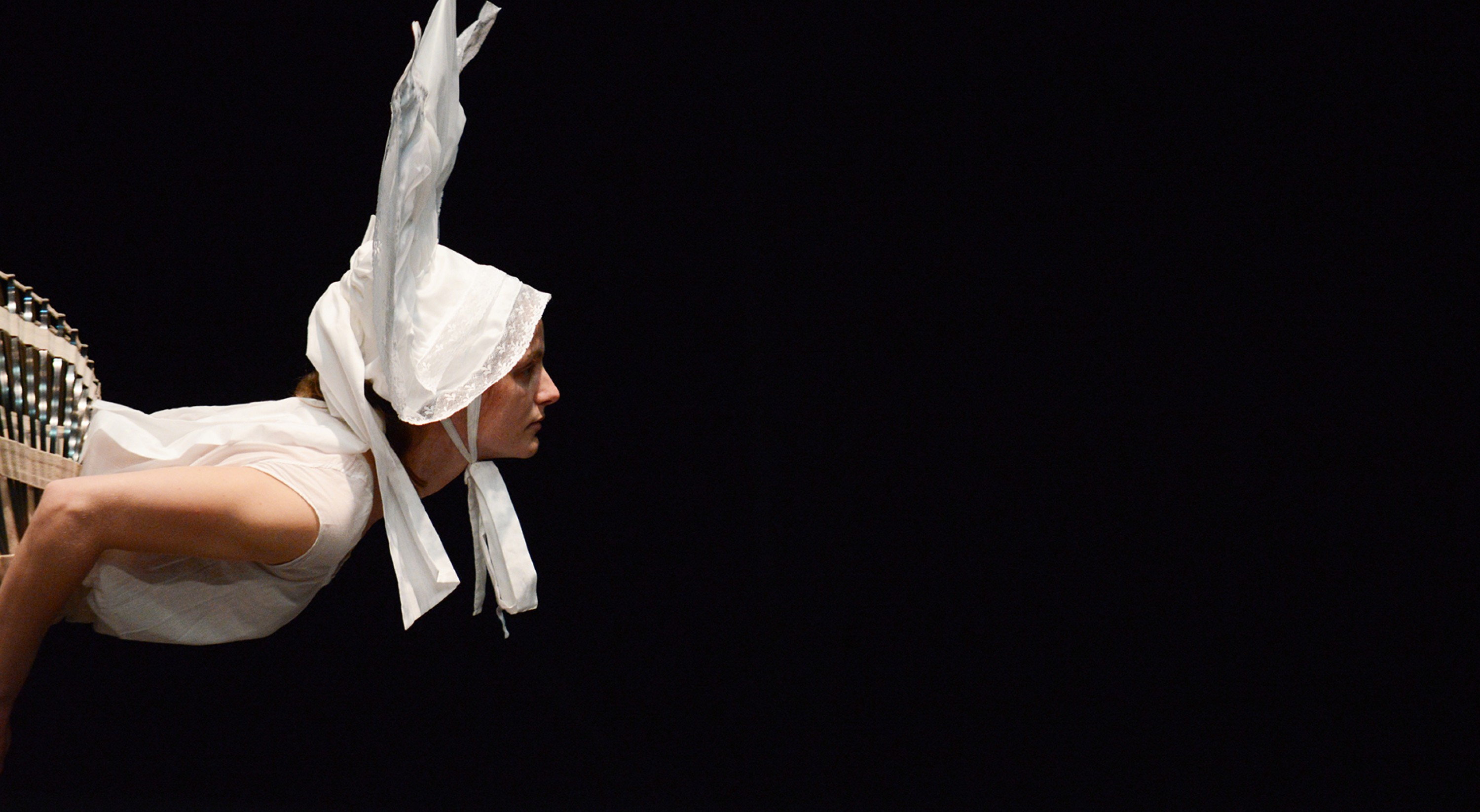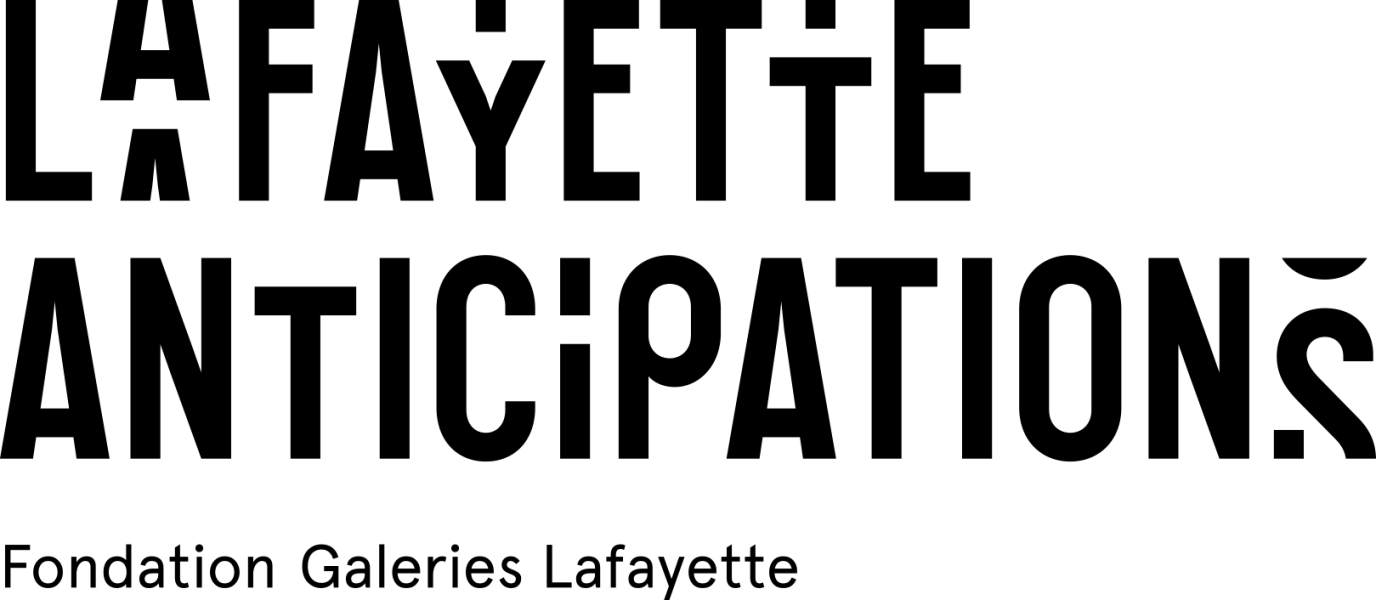Balkis Moutashar
Echelle Humaine - Attitudes habillées – les soli
septembersept 26 – 27
Bodies are the vectors of this new edition of Échelle Humaine. Whether they be choreographed, directed, or imaginary, they occupy all the spaces of Lafayette Anticipations and invite us to observe what is beneath the surface of the world: our infatuations and our refusals, our hesitations and our affirmations, and our tenacity.
Attitudes habillées - les soli by Balkis Moutashar, proposes a journey through the history of clothing, and the history of the body shapes that garments have designed over time. From corsets, which organically modified women's bodies, to oversized headdresses or fantastic shoes with trays creating the illusion of huge bodies, clothing has drawn sometimes spectacular silhouettes, influencing the possibilities of movement and displacement of those who wore them and engaging the body in the representation from the outset. Based on reconstructions of historical pieces of clothing, Balkis Moutashar has designed four silhouettes and four soli, here distributed in different spaces of the Foundation, which propose to activate the memory that our contemporary bodies can wear of this history: have generations of corsets and metal false bottoms left traces on our bodies today and our ways of moving? Are we wearing the hood in 2020 as we used to wear traditional headdresses in the past? Do our clothes still influence our movements and approaches, our postures and our impulses?
In the same place



